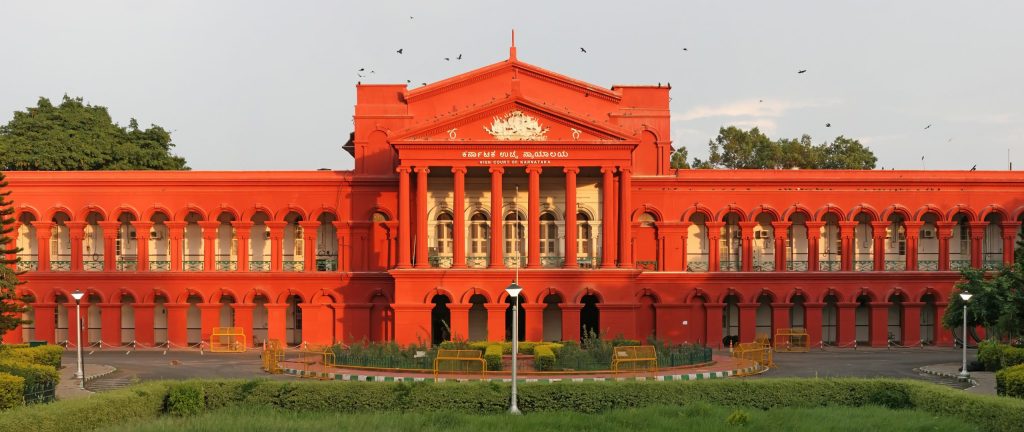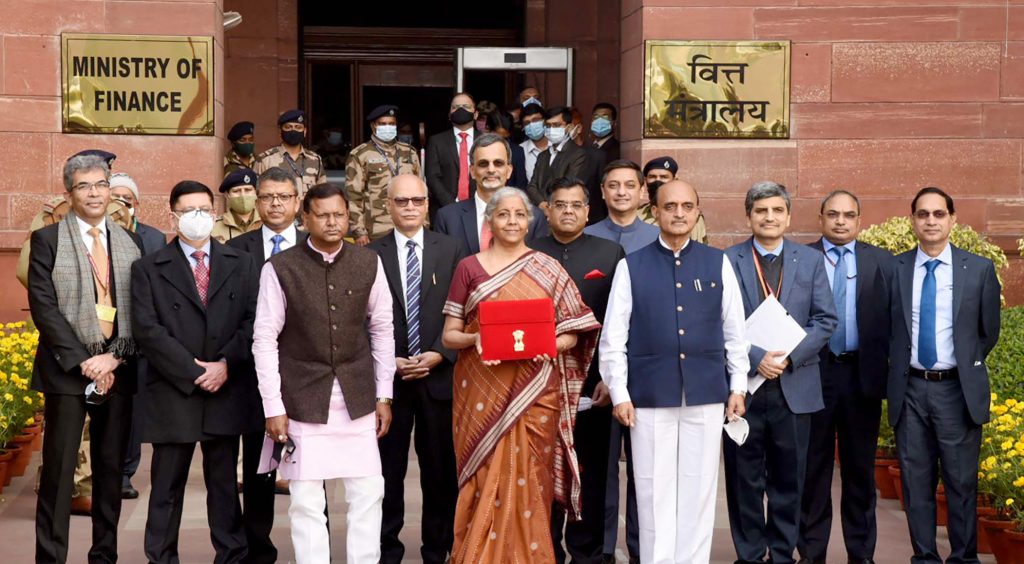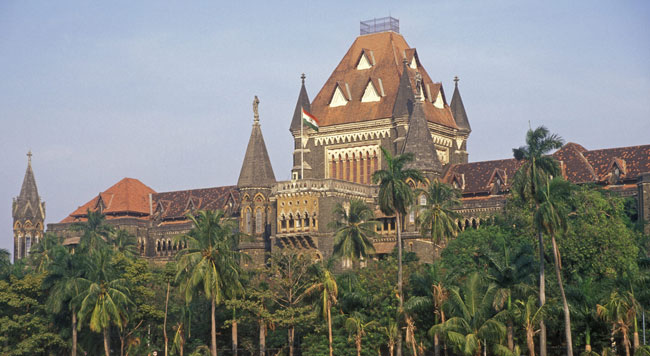Now Reading: How Motor Vehicle (Amendment) Bill 2019 affects Ola, Uber and persons using hand-held devices to find location
-
01
How Motor Vehicle (Amendment) Bill 2019 affects Ola, Uber and persons using hand-held devices to find location
How Motor Vehicle (Amendment) Bill 2019 affects Ola, Uber and persons using hand-held devices to find location
Gone are the days when one had to cancel one’s plans of going out due to absence of the car driver or the incapacity to drive on part of oneself or lack of any help like a neighbour or a relative who could pick and drop or due to unavailability of or non-easy access to autos, taxis and discomforting public buses; credits to the coming-of-the-age technology and emergence of apps like Ola and Uber on the scene. Except a few occasional technical glitches, these car services come at reasonable rates. It has been a matter of great relief for dependent housewives who depend on their husband, father, son, or any third person to drive them to a location. Though these car hiring services have been of a great help to everyone, there exists a few security concerns as well. The drivers of these vehicles are somewhat coerced by the nature of their jobs to constantly be on their hand held devices so as to navigate till the destination via the requisite pre-determined road route as shown in the app. This raises safety concerns.
In an unstarred question in Lok Sabha, which was answered on 27th June by transport Minister Mr. Nitin Gadkari, Mr. Jagdambika Pal has asked questions like, whether most of the drivers of OLA and Uber violate law by the use of phone to find the location while driving, whether the Government proposes to bring about a law on the point. To this Gadkari responded, that transportation by Road is a State Subject under the Seventh Schedule to the Constitution of India, therefore, the State Governments are primarily responsible through their law enforcement agencies. He also stated that, the Government in the Motor Vehicle (Amendment) Bill 2017 as passed by Lok Sabha and which was pending in Rajya Sabha (lapsed due to dissolution of 16th Lok Sabha) had proposed that the use of hand held communication devices while driving be covered under dangerous driving and suitable penalty was proposed. The same provision has been proposed in the Motor Vehicle (Amendment) Bill 2019 as approved by the Cabinet to be introduced in Parliament.
The Govt of India is bringing new Motor Vehicle Act which provides penal provision for using Location Handheld devices while driving by OLA/Uber drivers and whosoever uses. App-based cab service aggregators like Ola and Uber also receive recognition under the MVA Amendments bill and will be scrutinised and fined if found breaking the traffic regulations. The fines are a hefty sum under the new act. If you are caught while speaking on the phone while driving, then you need to shell out Rs 5000 as a penalty. This was Rs 1000 earlier, and this means that the penalty has been increased by 5-times. If your minor son/daughter is caught driving, then you will need to shell out Rs 25,000 fine and also serve 3 years in jail for this offense. In the existing Motor Vehicles Act, there is no such penalty for this offense. Note here, that 16-18 year olds can get a license for 100CC or lesser bikes as of now. If you are caught over-speeding, then currently there is a fine of only Rs 400. This has been increased to Rs 1000 for light motor vehicles, and Rs 2000 for medium passenger vehicles. If you are caught jumping red light, then there exists a penalty of just Rs 100 to Rs 300, which will now become Rs 1000. The Motor Vehicles (Amendment) Bill of 2016 has proposed a penalty of Rs 5,000 for the first time offence, but it has only brought hand-held devices in its ambit. Aggregators or repeat offenders of traffic rules will now need to shell out Rs 25,000 to Rs 1 lakh penalty, depending on the number of times they have broken the law. In the existing rules of Motor Act, there is no such provision for this offense.
Companies, rather “platforms” like ola and uber come under a category called as “aggregator”. The Bill defines an aggregator as a digital intermediary or market place. The aggregator’s services may be used by a passenger to connect with a driver for transportation purposes. State governments will grant licenses to the aggregators based on the guidelines framed by the central government. The aggregators will also be required to comply with the Information Technology Act, 2000. The Bill defines aggregators as digital intermediaries or market places which can be used by passengers to connect with a driver for transportation purposes (taxi services). State governments will issue licenses to aggregators in conformity with guidelines issued by the central government. However, the Bill does not specify what these guidelines will cover.
The bill seeks to amend Section 93 of the Motor Vehicles Act, 1988, in order to provide statutory recognition to transport aggregators. Since transport is a state subject, the new Bill allows these cab aggregators to obtain licences from state governments. Licensing of cab aggregators is a major issue as the central government wants state governments to follow guidelines in this regard. The rule, if implemented, will allow a uniform licence code for cab aggregators across India. Since these cab aggregators use technology as a platform to reach out to customers, the Bill also ensures that every such aggregator shall comply with the provisions of the Information Technology Act, 2000. According to the Bill, cab aggregators are liable to punishment with fines between ₹ 25,000 and ₹ 1 lakh for violation of rules. According to a Rajya Sabha committee report, cab aggregators should be held responsible for issues related to safety of women as they are the primary contractor.
Currently, all taxi permits (including aggregators, radio taxis) are issued by state transport authorities. The 1988 Act allows the state transport authorities to attach additional conditions to these permits, such as the rate of fare, the maximum number of passengers, the requirement of meters in taxis, etc. In accordance with this, states have framed their own guidelines for taxi operations. For example, Delhi has the Delhi Radio Taxi Scheme, 2006, Karnataka has implemented the Karnataka Motor Vehicles Rules, 1989, etc. These Rules provide guidelines on various aspects of aggregator services including operational infrastructure, vehicle profile, driver’s profile, grant of licenses, and taxi fare.
Some state governments determine guidelines for taxis (i.e., the rules that govern plying of the vehicle). The guidelines for aggregators (which could also include conditions for plying a vehicle as a taxi) will be determined by the central government. There could be cases where such state guidelines are at variance with the central guidelines. In such a scenario, the central guidelines will prevail because motor vehicles laws fall under the Concurrent List in the Seventh Schedule to the Constitution.
With this new bill, ola and uber and others are to be included into the act and the act is to apply on these as well. These drivers use hand held devices to navigate and reach till the destination and also to get customers online. This apparently creates a risk factor w.r.t. the safety and security of the co-travellers, customers, passengers, pedestrians, and the chauffeur himself. It’s a tough one to decide whether and to what extent is usage of technology while driving is safe, unsafe, necessary, unnecessary, or a distraction or a prudent thing to do given the demands of the job. Moreover, its not just the OLA or the Uber people who shall come under the radar, but also in general, in technology-driven, new-age, modern cars, technical assistance in form of Google maps for navigation, etc. are already built-in. In other cases as well, majority of people owning cars own a smartphone, and they do use such hand held devices to find locations while driving.
Author: Piyushi Mitra, Summer Legal Intern (2019) at Legal Desire









